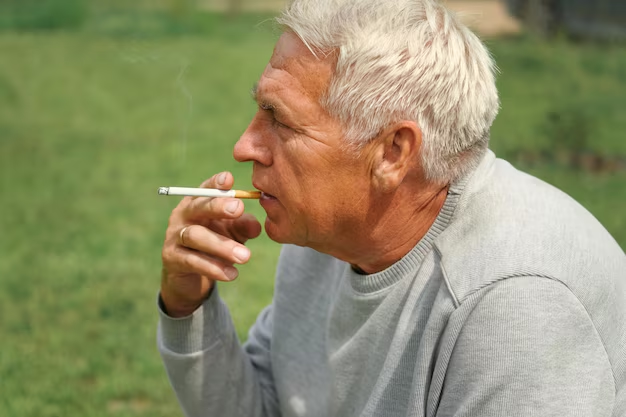Is Smoking a Culprit Behind Osteoporosis?
When considering the risks of smoking, many people think of lung issues or cardiovascular disease. However, smoking’s impact is more insidious than one might initially expect, affecting even the bones in our bodies. Does smoking cause osteoporosis? It’s a pressing question, especially as we seek to understand the broad effects of tobacco use. Let's delve into the connection and uncover how smoking habits influence bone health.
Understanding Osteoporosis and Its Causes
Osteoporosis is a condition characterized by weakened bones that are more prone to fractures. It's often dubbed a “silent disease” because it progresses without symptoms until a fracture occurs. The bone loss happens as the structure within the bones becomes porous and fragile. While aging, hormonal changes, and nutritional deficiencies are well-known risk factors, smoking is a significant yet often overlooked cause.
How Smoking Weakens the Bones
The relationship between smoking and osteoporosis is multifaceted:
Tobacco Chemicals: Smoking introduces toxins that disrupt the balance of bone remodeling, the natural process where new bone tissue replaces old tissue. This imbalance leads to decreased bone density.
Impact on Hormones: Nicotine and other chemicals in cigarettes adversely affect estrogen levels—a hormone essential for bone protection, especially in women.
Calcium Absorption: Smoking impairs the stomach’s absorption of calcium, vital for maintaining healthy bones.
Vitamin D Levels: Smokers tend to have lower levels of vitamin D, a crucial component that aids in bone building.
The more one smokes, the greater the risk of developing osteoporosis, further compounding the necessity to kick the habit.
Beyond the Damage: Seeking Support and Solutions
Addressing smoking as a risk factor for osteoporosis often requires holistic support—financial, medical, and educational. Many people might feel overwhelmed by the transition into healthier habits due to the perceived costs involved.
Financial Assistance and Supportive Resources
Navigating the aftermath of smoking-related health issues can lead individuals to seek financial help. Here are some ways to access assistance:
Government Aid Programs 🏛️
- Medicaid and Medicare: These programs can cover osteoporosis treatments and medications for eligible individuals.
- State-Sponsored Quit Lines: Designed to help smokers quit, these lines often provide free counseling and resources.
Financial Assistance 🏦
- Medical Grants: Organizations sometimes offer grants either for quitting smoking or for osteoporosis-related medical bills.
- Low-Interest Medical Loans: Some credit unions or specialized financial institutions offer loans with favorable terms to cover unexpected medical expenses.
Educational Opportunities 🎓
- Workshops & Seminars: Education is power. Free or low-cost community workshops can offer tips on maintaining bone health and quitting smoking.
- Online Resources: Many health organizations provide free materials and tutorials that outline strategies to improve lifestyle choices and bone health.
Awareness and proactive management can transform how individuals approach the relationship between smoking and osteoporosis, ensuring informed choices that foster better health.
Quick Resource Guide 📌
- Medicaid/Medicare: Covers many osteoporosis treatments.
- Quit Lines: Offer support for stopping smoking.
- Medical Grants: Aid for healthcare expenses.
- Low-Interest Loans: Finance medical needs.
- Community Workshops: Learn about bone health and quitting smoking.
- Online Courses: Strategies for better living choices.
By understanding the strong link between smoking and osteoporosis, individuals can take informed steps toward healthier behaviors and leverage available resources to support these changes. The journey to robust bone health often goes hand in hand with broader lifestyle adjustments, leading to a stronger, healthier future.

Related Topics
- a Nurse Is Caring For a Client Who Has Osteoporosis.
- a Percutaneous Is Performed To Treat Osteoporosis Related Compression Fractures
- Can Alcohol Cause Osteoporosis
- Can I Do Pilates If I Have Osteoporosis
- Can I Reverse Osteoporosis
- Can Men Get Osteoporosis
- Can Osteoporosis Affect Teeth
- Can Osteoporosis Be Cured
- Can Osteoporosis Be Painful
- Can Osteoporosis Be Reversed